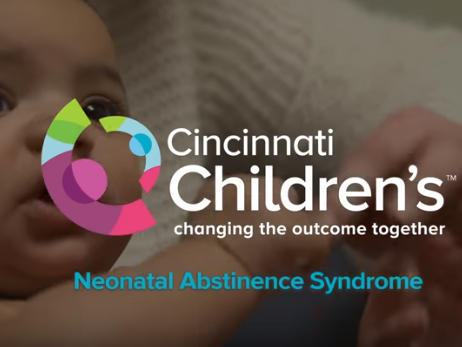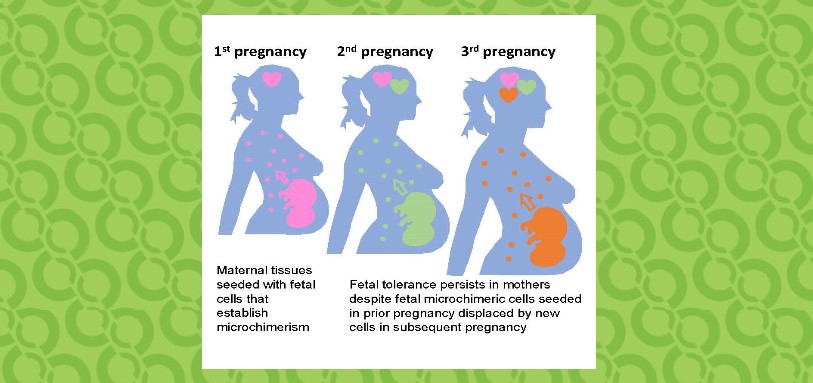Follow-Up Crucial After Fetal Opioid Exposure
Research By: Jennifer McAllister, MD
Post Date: June 30, 2019 | Publish Date: Jan. 22, 2018

Infants exposed to opioids in utero show a greater incidence of torticollis, an abnormal twisting of the neck, and plagiocephaly, a flattening of the head often seen with torticollis.
In a study published online Jan. 22, 2018, in The Journal of Pediatrics, researchers followed 783 children over five years. Eighty-seven (11.1 percent) of those born with Neonatal Abstinence Syndrome from opioid exposure in utero were diagnosed with torticollis. The rate in the general population is under 2 percent.
“Awareness of these issues is essential, as torticollis may not develop for several months after the infant is discharged from the hospital,” says study author Jenny McAllister, MD. Occupational and physical therapy can prevent the problems, and their associated developmental delays.
McAllister, who co-directs our Neonatal Abstinence Syndrome Long-Term Follow-Up Clinic, says it is not known whether opioid exposure caused the torticollis. The infants might have had muscle tightness that predisposed them to torticollis, or it could have resulted from swaddling to keep them calm after birth.

| Original title: | Torticollis in Infants with a History of Neonatal Abstinence Syndrome |
| Published in: | The Journal of Pediatrics |
| Publish date: | Jan. 22, 2018 |
Research By







